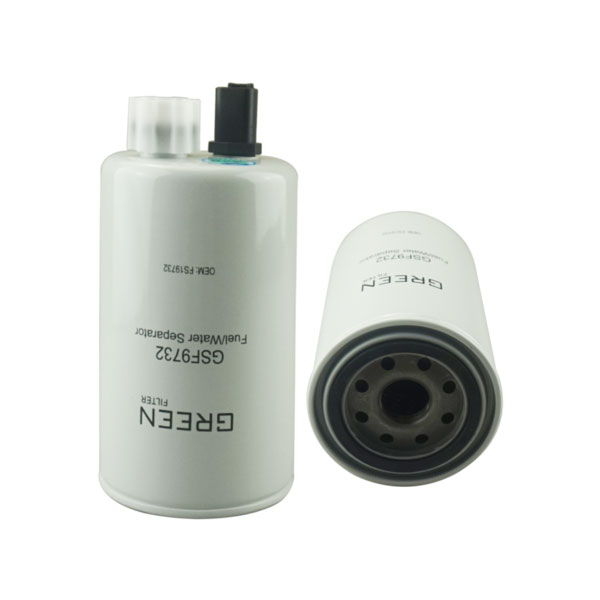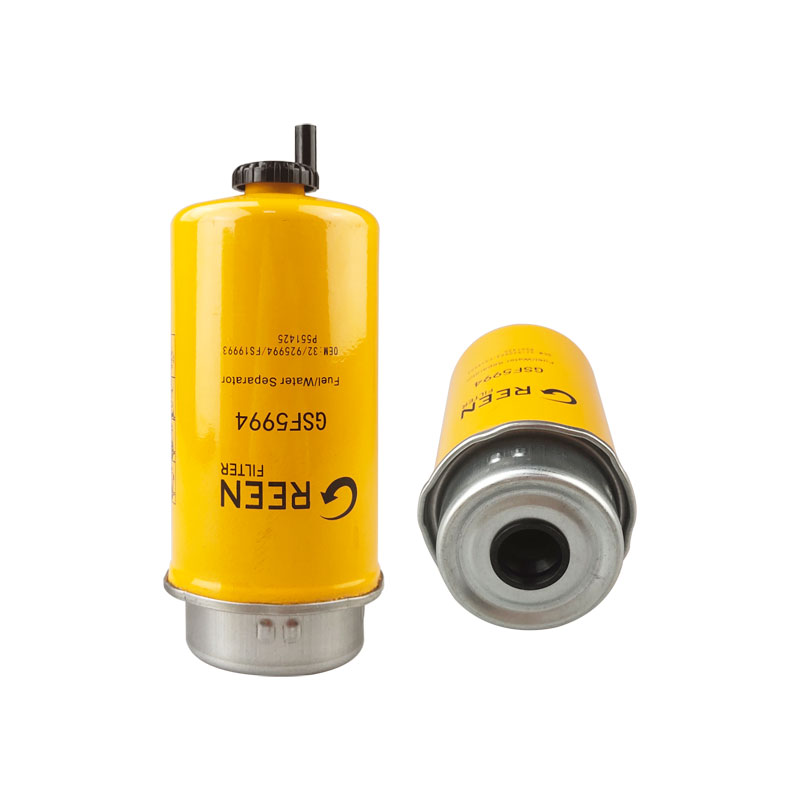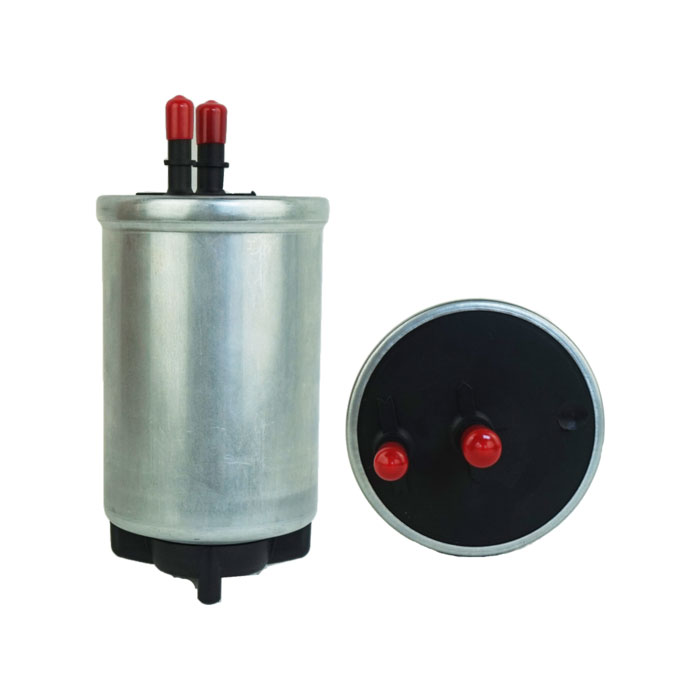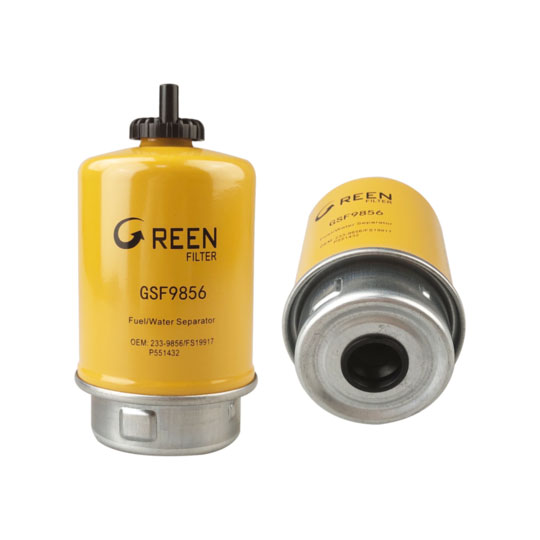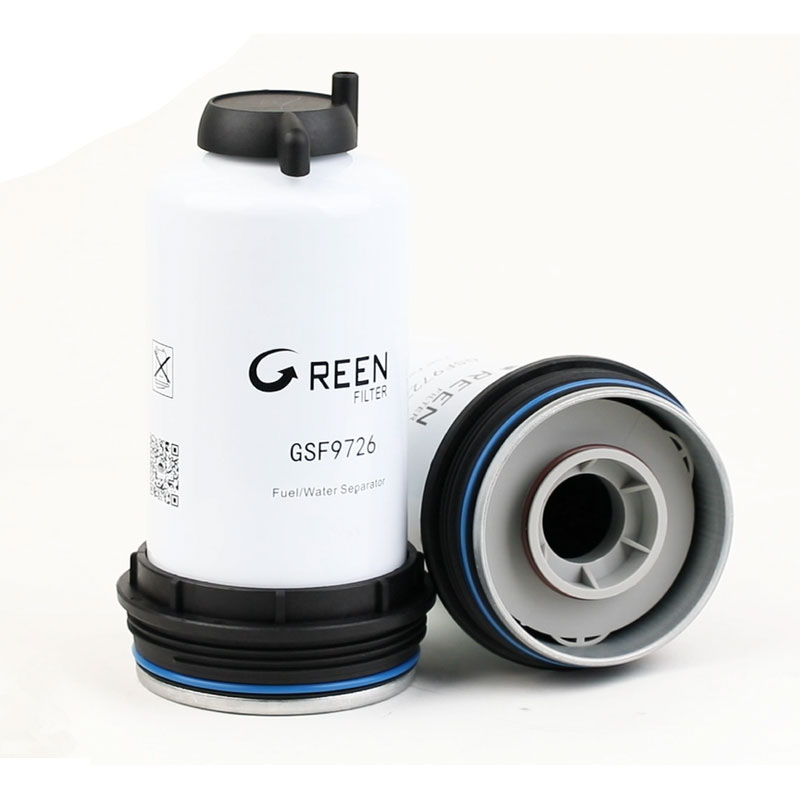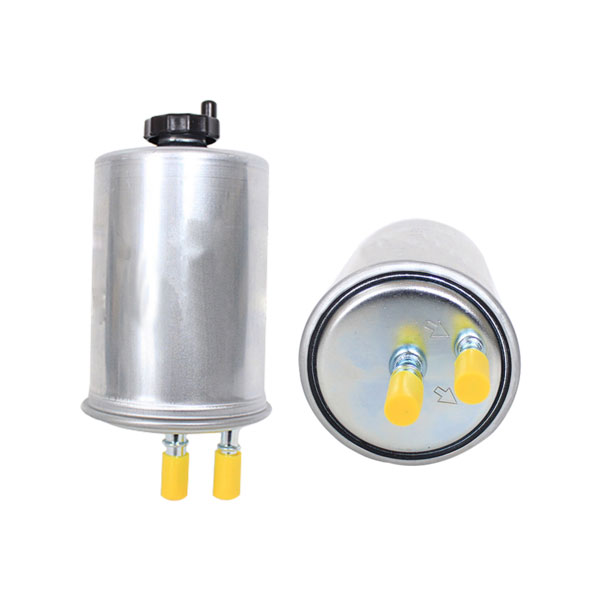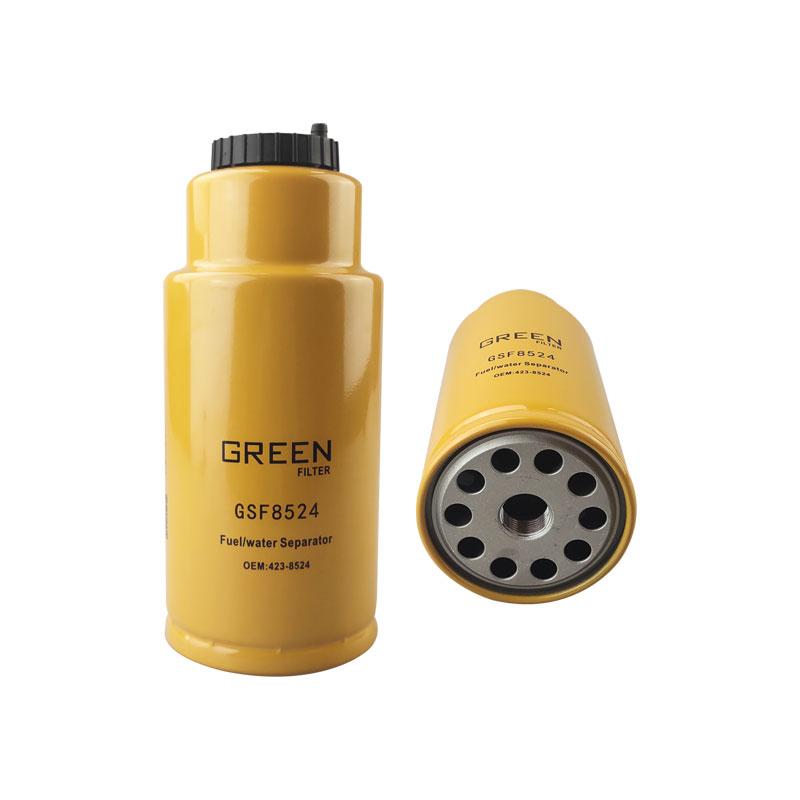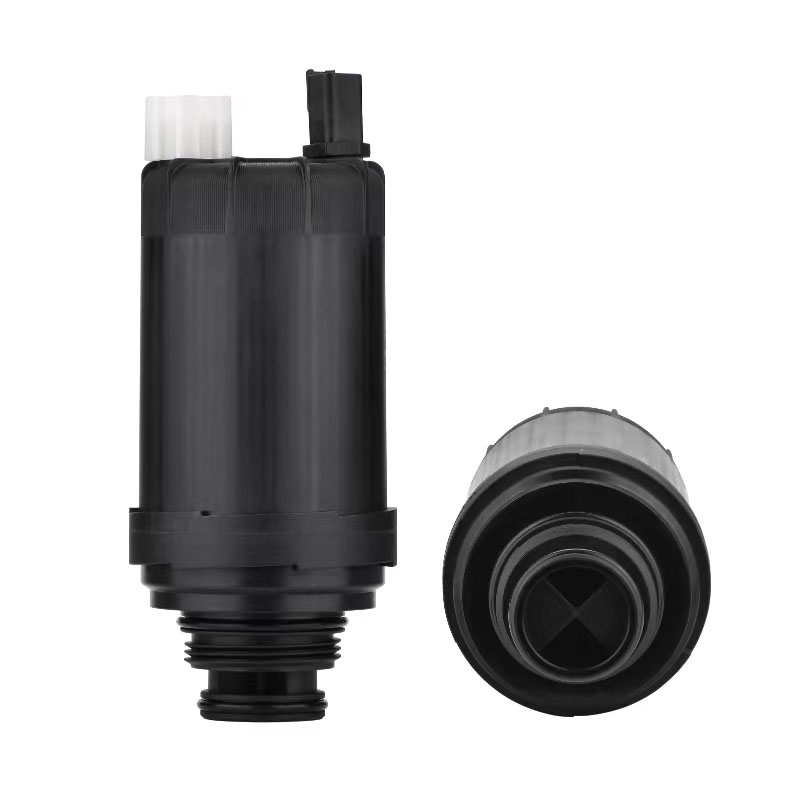 English
English Español
Español  Português
Português  русский
русский  Français
Français  日本語
日本語  Deutsch
Deutsch  tiếng Việt
tiếng Việt  Italiano
Italiano  Nederlands
Nederlands  ภาษาไทย
ภาษาไทย  Polski
Polski  한국어
한국어  Svenska
Svenska  magyar
magyar  Malay
Malay  বাংলা ভাষার
বাংলা ভাষার  Dansk
Dansk  Suomi
Suomi  हिन्दी
हिन्दी  Pilipino
Pilipino  Türkçe
Türkçe  Gaeilge
Gaeilge  العربية
العربية  Indonesia
Indonesia  Norsk
Norsk  تمل
تمل  český
český  ελληνικά
ελληνικά  український
український  Javanese
Javanese  فارسی
فارسی  தமிழ்
தமிழ்  తెలుగు
తెలుగు  नेपाली
नेपाली  Burmese
Burmese  български
български  ລາວ
ລາວ  Latine
Latine  Қазақша
Қазақша  Euskal
Euskal  Azərbaycan
Azərbaycan  Slovenský jazyk
Slovenský jazyk  Македонски
Македонски  Lietuvos
Lietuvos  Eesti Keel
Eesti Keel  Română
Română  Slovenski
Slovenski  मराठी
मराठी  Srpski језик
Srpski језик
Fuel Filter FF63046WTNN GF0088A
Send Inquiry
Item details
| GF item | GF0088A |
| Type | Fuel Filter Elements |
| Height (mm) | 378 |
| Width/Length (mm) | 114 |
| Inner dimension/width (mm) | 72 |
What Causes a Clogged Fuel Filter?
You can rest assured to buy Fuel Filter FF63046WTNN GF0088A from our factory. Like other filters in your vehicle, the fuel filter slowly begins to collect and hold onto the particles it removes from your gas over time. These particles eventually clog the filter, impacting its effectiveness. That’s why it’s important to regularly service and replace your fuel filter.
When to Change the Fuel Filter
The maintenance interval for a fuel filter varies depending on your make, model, and year. Some vehicles may need a replacement every 20,000 miles, while others can go 150,000 miles on the same fuel filter. If you have a newer vehicle, you may even have a lifetime fuel filter that doesn’t need routine maintenance and replacement.
Always check your GREEN-FILTER’s recommended maintenance schedule for details on your specific vehicle.
Attaching Your New Fuel Filter
Now you're ready to install the new filter. Most filters will have an arrow indicating the direction fuel should flow through them, so make sure you don't install the filter backward. In some cases, the fuel filter will only attach to the fuel lines in a certain direction, so putting the filter on backward isn't a problem. Otherwise, you may need to trace the fuel lines to see if they lead to the engine or toward the fuel tank in order to determine the installation direction. Better yet, check the arrows on your old filter before you remove it and install the new filter the same way.
Once you've secured the filter to the mounting bracket, reattach the fuel lines using any new hardware included with the filter. You might be tempted to reuse clips that held fuel lines to the old filter, but those clips will weaken over time and can create a poor seal between the filter and the fuel lines.
Speaking of fuel lines, take the time to check them closely; if the lines are old and cracking, you'll need to replace them. Once the new filter is in place, simply replace the fuel pump fuse, reattach the negative battery terminal and start the engine. Your car might not start up right away, but don't be alarmed. The pressure in the fuel lines was released during the installation of the new filter, and you'll probably need to try to start the car several times before the pressure rebuilds and your engine can start.
After the car is running, check for leaks, clean up any fuel that spilled during the installation process and pat yourself on the back for properly maintaining your car's fuel system.
Keep reading for more tips on taking good care of your car.



